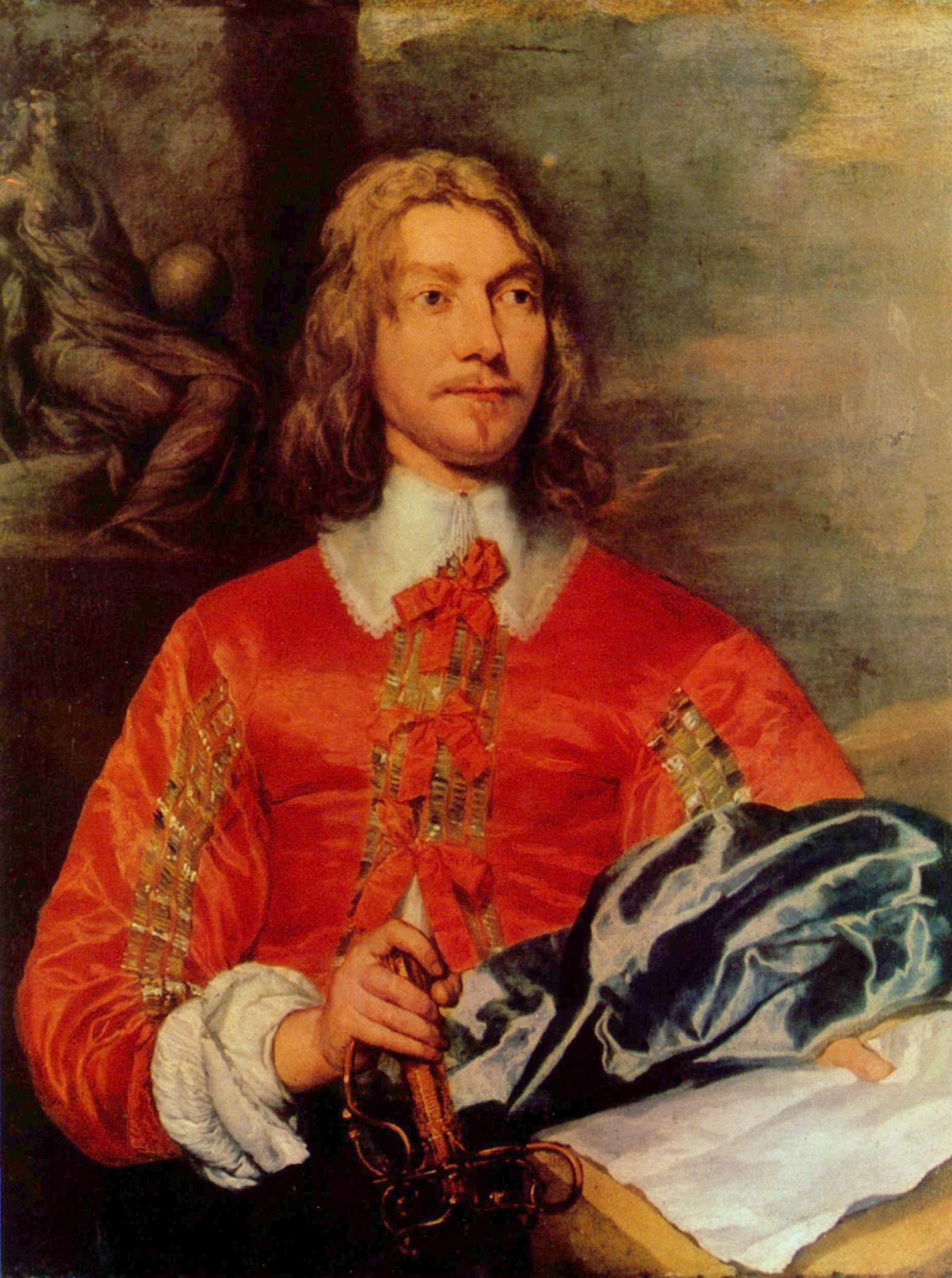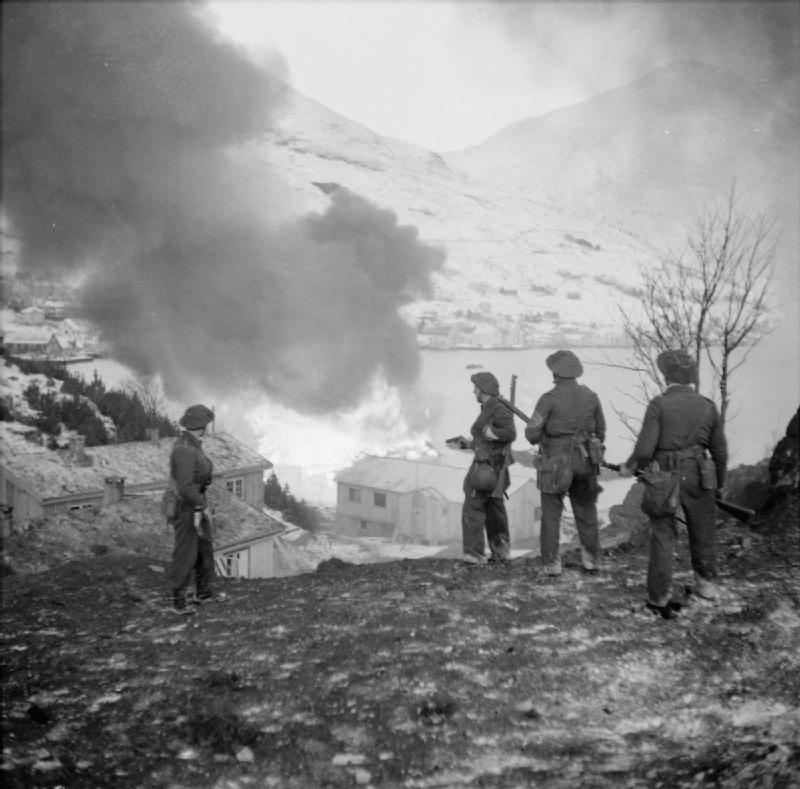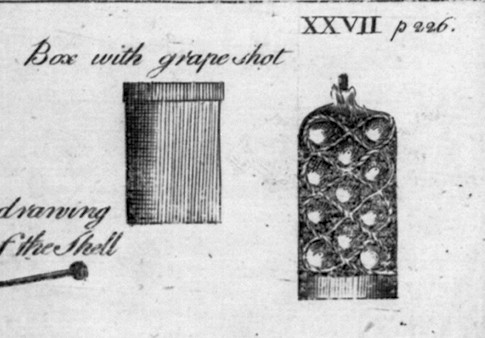|
Battle Of Landguard Fort
The Battle of Landguard Fort or the Attack on Landguard Fort was a battle towards the end of the Second Anglo-Dutch War on 2 July 1667 where a Dutch force attacked Landguard Fort near Felixstowe. It was intended to clear the way for an attack on the English Royal naval anchorage at Harwich. After repeated attempts the Dutch attack planned by Michiel de Ruyter was repelled and as a result the planned attack on Harwich was abandoned. It was one of the last battles of the war in Europe before the Treaty of Breda was signed. Background In the aftermath of the great Dutch victory on the Medway in June 1667 Michiel de Ruyter now had command of the Thames Estuary which allowed the Dutch to establish a naval blockade of London. Further attempts to operate in the Thames met with less success, and so at the start of July de Ruyter decided to attack Harwich, the next good safe anchorage up the coast from the Thames, and a naval base since 1657.Clowes pg 295 Before they could attack Harwi ... [...More Info...] [...Related Items...] OR: [Wikipedia] [Google] [Baidu] |
Second Anglo-Dutch War
The Second Anglo-Dutch War or the Second Dutch War (4 March 1665 – 31 July 1667; nl, Tweede Engelse Oorlog "Second English War") was a conflict between England and the Dutch Republic partly for control over the seas and trade routes, where England tried to end the Dutch domination of world trade during a period of intense European commercial rivalry, but also as a result of political tensions. After initial English successes, the war ended in a Dutch victory. It was the second of a series of naval wars fought between the English and the Dutch in the 17th and 18th centuries. Background Anglo-Dutch relations Traditionally, many historians considered that the First and Second Anglo-Dutch Wars arose from commercial and maritime rivalry between England and the Netherlands. Although continuing commercial tensions formed the background to the second war, a group of ambitious English politicians and naval officers frustrated diplomatic efforts to reach any accommodation be ... [...More Info...] [...Related Items...] OR: [Wikipedia] [Google] [Baidu] |
History Of The Royal Marines
The history of the Royal Marines began on 28 October 1664 with the formation of the Duke of York and Albany's Maritime Regiment of Foot soon becoming known as the Admiral's Regiment. During the War of the Spanish Succession the most historic achievement of the Marines was the capture of the mole during the assault on Gibraltar (sailors of the Royal Navy captured the Rock itself) in 1704. On 5 April 1755, His Majesty's Marine Forces, fifty Companies in three Divisions, headquartered at Portsmouth, Chatham and Plymouth, were formed by Order of Council under Admiralty control. The Royal Marine Artillery was formed as an establishment within the British Royal Marines in 1804 to man the artillery in bomb vessels. As their coats were the blue of the Royal Regiment of Artillery, this group was nicknamed the "Blue Marines" and the Infantry element, who wore the scarlet coats of the British infantry, became known as the "Red Marines". During the Napoleonic Wars the Royal Marines parti ... [...More Info...] [...Related Items...] OR: [Wikipedia] [Google] [Baidu] |
Battles Of The Anglo-Dutch Wars
A battle is an occurrence of combat in warfare between opposing military units of any number or size. A war usually consists of multiple battles. In general, a battle is a military engagement that is well defined in duration, area, and force commitment. An engagement with only limited commitment between the forces and without decisive results is sometimes called a skirmish. The word "battle" can also be used infrequently to refer to an entire operational campaign, although this usage greatly diverges from its conventional or customary meaning. Generally, the word "battle" is used for such campaigns if referring to a protracted combat encounter in which either one or both of the combatants had the same methods, resources, and strategic objectives throughout the encounter. Some prominent examples of this would be the Battle of the Atlantic, Battle of Britain, and Battle of Stalingrad, all in World War II. Wars and military campaigns are guided by military strategy, whereas ba ... [...More Info...] [...Related Items...] OR: [Wikipedia] [Google] [Baidu] |
Military Raids
Raiding, also known as depredation, is a military tactic or operational warfare mission which has a specific purpose. Raiders do not capture and hold a location, but quickly retreat to a previous defended position before enemy forces can respond in a coordinated manner or formulate a counter-attack. A raiding group may consist of combatants specially trained in this tactic, such as commandos, or as a special mission assigned to any regular troops. Raids are often a standard tactic in irregular warfare, employed by warriors, guerrilla fighters or other irregular military forces. Some raids are large, for example the Sullivan Expedition. The purposes of a raid may include: * to demoralize, confuse, or exhaust the enemy; * to ransack, pillage, or plunder * to destroy specific goods or installations of military or economic value; * to free POWs * to capture enemy soldiers for interrogation; * to kill or capture specific key persons; * to gather intelligence. Land Tribal soci ... [...More Info...] [...Related Items...] OR: [Wikipedia] [Google] [Baidu] |
Conflicts In 1667
Conflict may refer to: Arts, entertainment, and media Films * ''Conflict'' (1921 film), an American silent film directed by Stuart Paton * ''Conflict'' (1936 film), an American boxing film starring John Wayne * ''Conflict'' (1937 film), a Swedish drama film directed by Per-Axel Branner * ''Conflict'' (1938 film), a French drama film directed by Léonide Moguy * ''Conflict'' (1945 film), an American suspense film starring Humphrey Bogart * ''Catholics: A Fable'' (1973 film), or ''The Conflict'', a film starring Martin Sheen * ''Judith'' (1966 film) or ''Conflict'', a film starring Sophia Loren * ''Samar'' (1999 film) or ''Conflict'', a 1999 Indian film by Shyam Benegal Games * ''Conflict'' (series), a 2002–2008 series of war games for the PS2, Xbox, and PC * ''Conflict'' (video game), a 1989 Nintendo Entertainment System war game * '' Conflict: Middle East Political Simulator'', a 1990 strategy computer game Literature and periodicals * ''Conflict'' (novel) ... [...More Info...] [...Related Items...] OR: [Wikipedia] [Google] [Baidu] |
Military History Of Suffolk
A military, also known collectively as armed forces, is a heavily armed, highly organized force primarily intended for warfare. It is typically authorized and maintained by a sovereign state, with its members identifiable by their distinct military uniform. It may consist of one or more military branches such as an army, navy, air force, space force, marines, or coast guard. The main task of the military is usually defined as defence of the state and its interests against external armed threats. In broad usage, the terms ''armed forces'' and ''military'' are often treated as synonymous, although in technical usage a distinction is sometimes made in which a country's armed forces may include both its military and other paramilitary forces. There are various forms of irregular military forces, not belonging to a recognized state; though they share many attributes with regular military forces, they are less often referred to as simply ''military''. A nation's mili ... [...More Info...] [...Related Items...] OR: [Wikipedia] [Google] [Baidu] |
1667 In England
Events from the year 1667 in England. Dates are given in Old Style. As of the start of this year, the Gregorian calendar in use by the Dutch Republic and elsewhere on the continent is 10 days ahead of the Julian calendar in use in England. Incumbents * Monarch – Charles II * Parliament – Cavalier Events * 5 February – In the Second Anglo-Dutch War, warship is captured less than nine months after being launched, when it fights an action off the North Foreland. Captain Robert Saunders and 8 of his crew are killed while fighting Dutch ships ''Delft'' and ''Shakerlo''. The Dutch Navy renames the ship ''Zwanenburg''. * 8 February – The first part of the Rebuilding of London Act 1666, following last year's Great Fire of London, goes into effect as royal assent is given to the Fire of London Disputes Act 1666, which establishes the Fire Court. The Court, sitting at Clifford's Inn near Fleet Street, hears cases starting on February 27 and continuing until the end of 1668. * Febru ... [...More Info...] [...Related Items...] OR: [Wikipedia] [Google] [Baidu] |
Royal Marines
The Corps of Royal Marines (RM), also known as the Royal Marines Commandos, are the UK's special operations capable commando force, amphibious light infantry and also one of the five fighting arms of the Royal Navy. The Corps of Royal Marines can trace their origins back to the formation of the "Duke of York and Albany's maritime regiment of Foot" on 28 October 1664, and can trace their commando origins to the formation of the 3rd Special Service Brigade, now known as 3 Commando Brigade on 14 February 1942, during the Second World War. As a specialised and adaptable light infantry and commando force, Royal Marine Commandos are trained for rapid deployment worldwide and capable of dealing with a wide range of threats. The Corps of Royal Marines is organised into 3 Commando Brigade and a number of separate units, including 47 Commando (Raiding Group) Royal Marines, and a company-strength commitment to the Special Forces Support Group. The Corps operates in all environments an ... [...More Info...] [...Related Items...] OR: [Wikipedia] [Google] [Baidu] |
Netherlands Marine Corps
The Netherlands Marine Corps ( nl, Korps Mariniers) is the elite naval infantry corps of the Royal Netherlands Navy. The marines trace their origins back to the establishment of the on 10 December 1665, by the then grand pensionary of the Dutch Republic, Johan de Witt and famous Admiral Michiel de Ruyter. The present-day Corps is a rapid reaction force that can be deployed to any location in the world within a maximum of 48 hours. The marines are capable of operating in all environments and climates, specialising in expeditionary warfare, amphibious warfare, arctic warfare and mountain warfare. The core fighting element of the corps consists of two battalion-sized Marine Combat Groups (MCGs) which are supplemented by various combat support and combat service support squadrons. In addition, the Netherlands Maritime Special Operations Forces (NLMARSOF) are capable of conducting the full spectrum of special operations. Throughout its history, the Marines have seen action in ... [...More Info...] [...Related Items...] OR: [Wikipedia] [Google] [Baidu] |
Jan Jansse Van Nes
Jan Janszoon van Nes (26 April 1631 – ) was a Dutch admiral and brother of naval commander Aert Janszoon van Nes. They both took part in the Raid on the Medway of 1667. He was buried in the Grote of Sint-Laurenskerk (Rotterdam) Church. Bibliography * * {{DEFAULTSORT:Nes, Jan Jansse van 1631 births 1680 deaths Admirals of the navy of the Dutch Republic Dutch naval personnel of the Anglo-Dutch Wars Military personnel from Rotterdam ... [...More Info...] [...Related Items...] OR: [Wikipedia] [Google] [Baidu] |
Grapeshot
Grapeshot is a type of artillery round invented by a British Officer during the Napoleonic Wars. It was used mainly as an anti infantry round, but had other uses in naval combat. In artillery, a grapeshot is a type of ammunition that consists of a collection of smaller- caliber round shots, which in most cases are about the size of a golf ball, packed tightly in a canvas bag and separated from the gunpowder charge by a metal wadding, rather than being a single solid projectile. Grapeshot also comes packaged in clusters of three by iron rings, and in three tiers, with the shot being held in by cast iron rings. When assembled, the shot resembled a cluster of grapes, hence the name. Grapeshot was used both on land and at sea. On firing, the canvas wrapping disintegrates and the contained balls scatter out from the muzzle, giving a ballistic effect similar to a giant shotgun. Grapeshot was devastatingly effective against massed infantry at short range and was also used at medi ... [...More Info...] [...Related Items...] OR: [Wikipedia] [Google] [Baidu] |
Galliot
A galiot, galliot or galiote, was a small galley boat propelled by sail or oars. There are three different types of naval galiots that sailed on different seas. A ''galiote'' was a type of French flat-bottom river boat or barge and also a flat-bottomed boat with a simple sail for transporting wine. Naval vessels * Mediterranean, (16th–17th centuries) : Historically, a galiot was a type of ship with oars, also known as a half-galley, then, from the 17th century forward, a ship with sails and oars. As used by the Barbary pirates against the Republic of Venice, a galiot had two masts and about 16 pairs of oars. Warships of the type typically carried between two and ten cannons of small caliber, and between 50 and 150 men. It was a Barbary galiot, captained by Barbarossa I, that captured two Papal vessels in 1504. * North Sea (17th–19th centuries) : A galiot was a type of Dutch or German merchant ship of 20 to 400 tons ( bm), similar to a ketch, with a rounded fore and aft ... [...More Info...] [...Related Items...] OR: [Wikipedia] [Google] [Baidu] |





